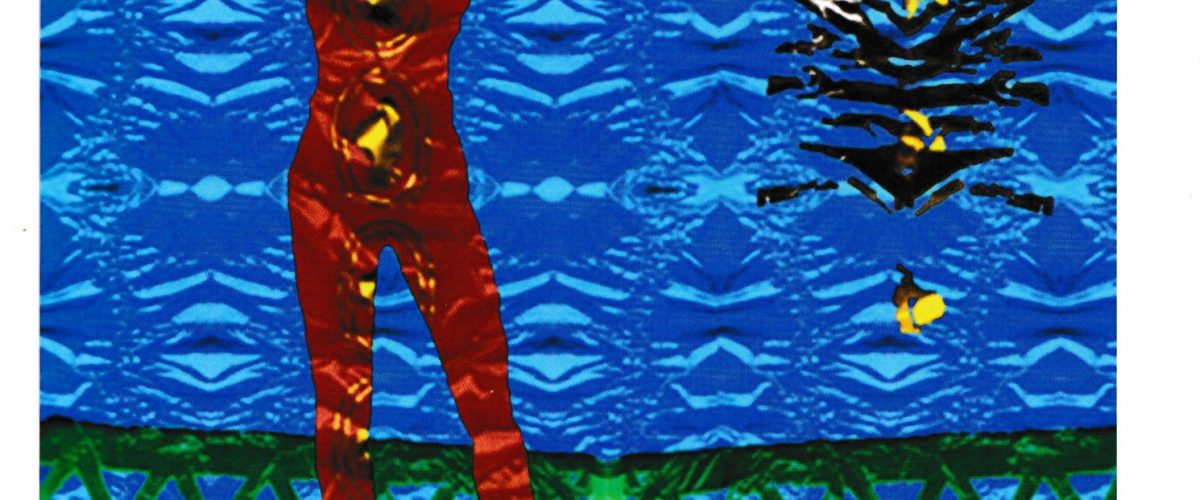The art-historical exhibition Out of the Parentheses: Art and Samtökin ’78 is a collaboration of art historian Dr. Ynda Gestsson and the Reykjavík City Archive, which preserves the archive of Samtökin ’78 – The National Queer Organisation of Iceland and other queer archives. The Samtökin ’78 archive preserves a valuable aspect of queer art history.
The archive reveals that throughout the history of Samtökin ’78, both the organisation and individual queer artists have held a number of art exhibitions, most of which never reached an audience beyond the queer community or became part of the publicly recognised art history of the Icelandic nation.
This exhibition focuses on the work of Icelandic queer artists. The works of ten Icelandic artists are showcased, all of whom exhibited their work in the Samtökin ’78 community centre or in public exhibition spaces during a time period ranging from 1984 and into the present century. The exhibition also introduces Norwegian artists Kjetil Berge and Göran Ohldieck, who intended to open an exhibition at the Nordic House in January of 1983 but were barred from exhibiting when it came to light that their work dealt with homosexuality.
The artworks and documents on display here invite viewers on a journey where proper due is at last given to these artists and their work, who for many years were considered parenthetical to a social equation that sought to make queer people’s art invisible or to dismiss it as tasteless or pornographic.
This follows the approach of feminist artists of the second wave, who stepped outside of the parentheses that isolated them in the patriarchal social equation that surrounded them and created their own visual world, drawing on their centuries-long experience of subjugation and exclusion as a source of empowerment. Through this they became visible and political and challenged the powers-that-be.
The exhibition reveals how cultural value has been created in the queer community and highlights the importance of tending to them and making them visible.
The works on display are extremely diverse in their content, approach and technique, but each in its own way expresses pain, subjugation, pride and the joy of freedom.
